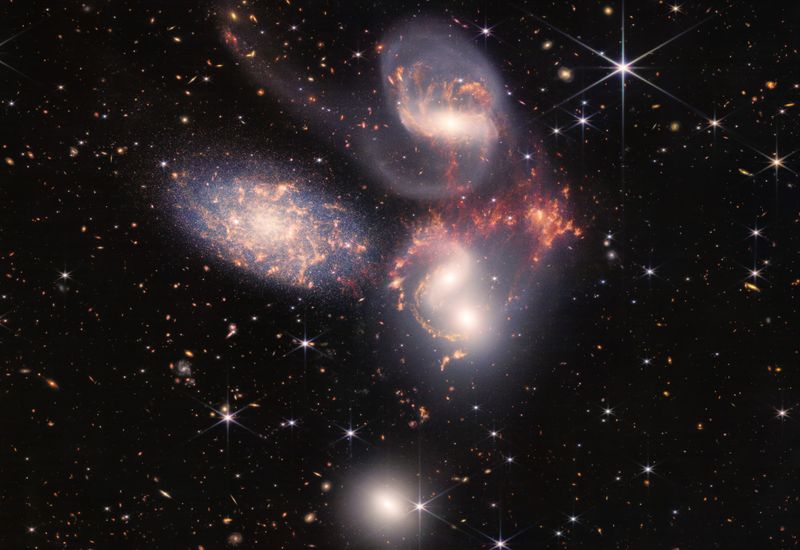Were a bunch of potentially life-altering scientific breakthroughs on your 2023 bingo card? We’ve broken them down into everyday language for you.
Science is always moving forward. But bursts of innovation can form like chain reactions once a new tech appears. Take 3D printing, for example. It’s now making bespoke hip replacements and uncannily good fake meat. This year is certainly one of those times.
Aliens are real?!
Let’s start with the one that’s on shaky ground. Last week, in a congressional hearing, a former US Air Force intelligence official claimed that the US government was hiding knowledge of extraterrestrials. In his testimony, he claimed that decades-long military operation has secured “non-human biologics”.
We’re in no position to state that aliens don’t exist. But this isn’t exactly the most watertight proof of their existence. Don’t be fooled by it being said under oath.
Room temperature superconductor
One of the scientific holy grails. Superconductors are substances that conduct electricity without any resistance. They also float in magnetic fields. Normally, these only occur in super cold and highly-pressurised environments.
Recently, a team in South Korea has released studies on a material they believe to be a room temp superconductor. Their data has been met with scepticism from the wider scientific community and is now being tested by other groups.
Gravitational waves
We now know two things. There is a ‘fabric’ of spacetime that can be affected by gravity. This ‘fabric’ is disturbed by large galactic objects, causing ripples in space itself.
This was predicted by Einstein, but we previously hadn’t been able to measure the impact of said waves. Using pulsars, collapsed stars that emit radio waves at regular intervals, they noted irregularities in the consistency of the radio signals. This proved that space itself can expand and compress as a result of gravitational waves.
Like Armageddon, but real
NASA’s Double Asteroid Redirection Test (DART) was successful. The mission sought to verify whether a head-on collision could change an asteroid’s trajectory. Analysis of the data confirmed it to have worked. But that’s last year’s news.
This year, a new asteroid was added to the risk list. In around 23 years, it’s believed a newly discovered asteroid will swing very closely to Earth. That’s still plenty of time for it to change course or for us to respond, so no need to worry.
Universal flu vaccine
Each year, you have to update your flu jab to stay on top of which strains virologists believe will be most prevalent. But it might not be long before you can have one that covers all of them.
Using technology researched during the COVID-19 pandemic, a universal flu vaccine has just entered clinical trials. This could be life-changing for the more vulnerable members of society.
Nuclear fusion
Another of science’s holy grails, nuclear fusion is how the sun generates its energy. It’s a volatile process that’s hard to control and even harder to replicate. Eventually, it could be the source of abundant clean energy, and this year we got one step closer.
A team of US scientists shot fuel with lasers, and finally got more energy out of the reaction than put in. While it’s still decades away from industrial viability, this at least proves that it’s possible, which is always the first hurdle.
Prospective student? We want to hear from you! Join the Student Hut Forum and earn £s by taking surveys.













